
EXCLUSIVE: Sub-Rs 1 lakh Ola S1 Incoming On Independence Day
- Aug 9, 2022
- Views : 3513


From acquiring Dutch EV company Etergo to setting up shop from the ground up and making an India-specific variant, Ola Electric has come a long way. In fact, it now has one of the highest-selling electric scooters in the premium segment. We got a chance to visit their FutureFactory in Krishnagiri, Tamil Nadu, where we witnessed how the Ola S1 Pro electric scooter is manufactured. The massive plant is capable of making one electric scooter a minute, and here’s how:
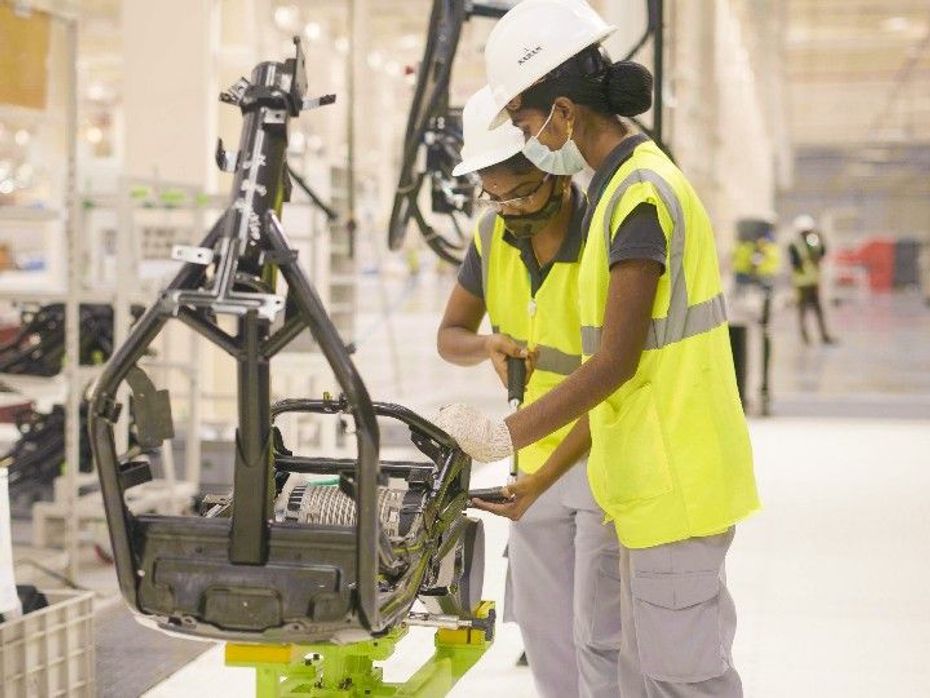
The FutureFactory has 40 stations on the assembly line, and there are two major sub-assembly areas: one for the battery pack and one for the frame. Ola Electric CEO Bhavish Aggarwal said that the frame is being built in-house as it is key to control experience. It is also one of the few manufacturers to have frame welding in house. Compared to the Etergo Appscooter, the frame is different in the India-spec Ola S1. In the latter, pre-formed pieces of the frame are placed in a jig, then six-axis robots weld the parts of the frame over two stages. After the welding is done, the frame is washed in over two stages.
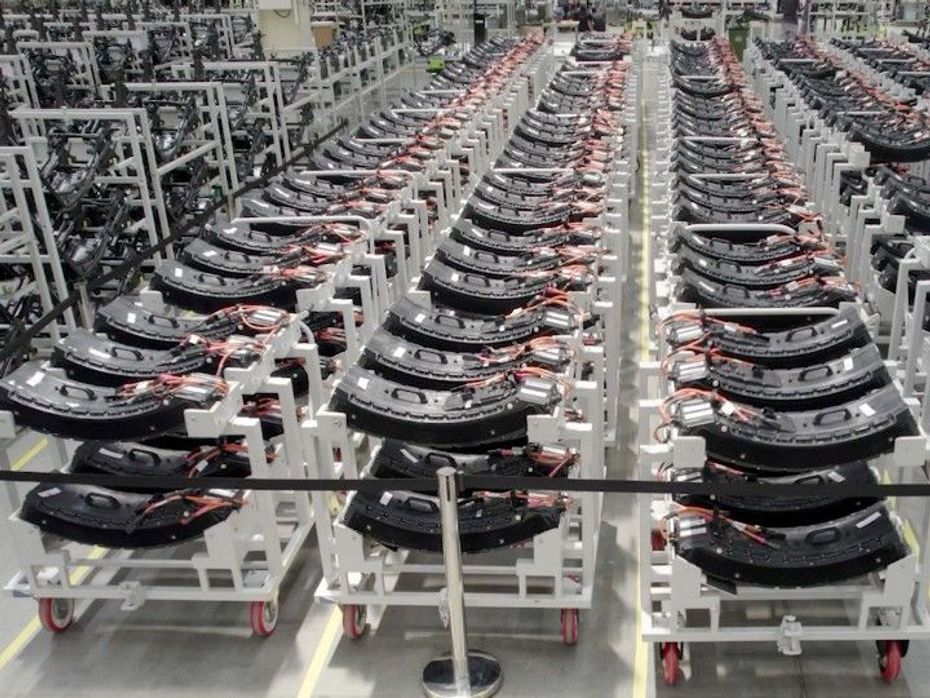
The battery packs are made by putting together several NMC (Lithium-Nickel-Manganese-Cobalt-oxide) cells. We’ve covered a full in-depth process of how the packs are made here. To ensure the battery packs function properly, the company charges and discharges each battery pack twice. The battery assembly is done in a dedicated line that has an annual capacity of 5 lakh packs.
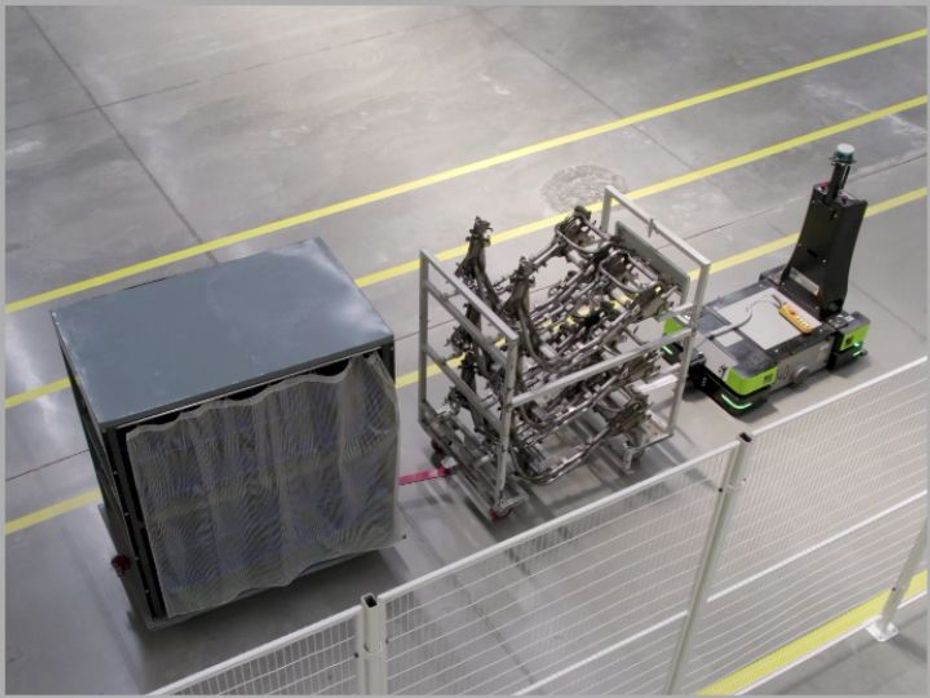
The Ola S1 Pro is powered by a frame-mounted electric motor that produces 5.5kW nominal and 8.5kW peak power. The motor comes in at the very first workstation. The major parts are stacked as per stations in a ‘kit’ trolley so that operators can install them as the trolley moves from station to station. These kit trolleys are moved to and from the assembly line using specialised drones called AMRs - Autonomous mobile robots.
The factory will have 600 of these robots that use LIDAR (Light Detection And Ranging), and are connected to the cloud to be instructed where they need to go. These automated robots have greater degree of mobility than line follower robots that can move only along a predetermined path. They move restocked trolleys to the assembly line, and also move the empty trolleys to the stocking points. Thanks to its autonomous nature, they can stop for traffic or blockages on their own.
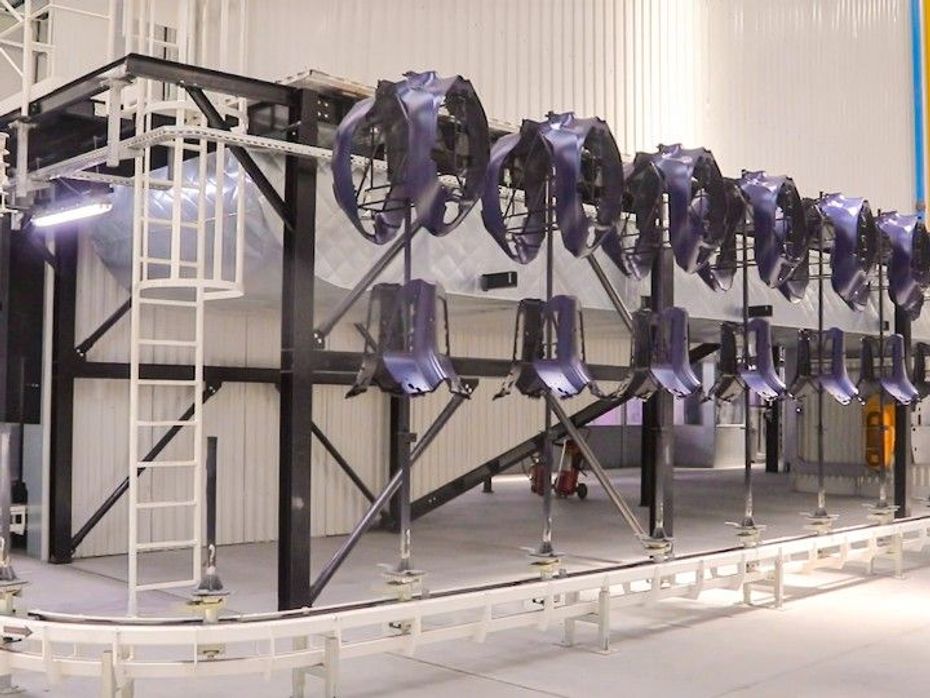
The Ola S1 Pro is available in as many as 10 colour schemes. Interestingly, all the body panels are not coloured, instead, they are painted upon. The factory has an in-house paint shop which is where the panels get a splash of colour. The body panels are first cleaned in three stages. They’re dusted down by a special cloth, and sticky residues are removed by a wipedown using isopropyl alcohol. Plastic parts can get electrically charged because of friction, so electrostatic cleaning is done too.
The paintshop is kept under positive pressure with air being gently pumped in. The air is filtered in massive chambers and cooled to 22-23 degree celsius before being pumped into the paint booth.
The painting efficiency is 85 percent, and the paint robots work on multiple paint supply lines so that they can switch from one colour to the next with minimal wastage. The primer is applied and baked, then another layer is sprayed and baked. A clear coat is applied to all vehicles except for the ones with matte finish.
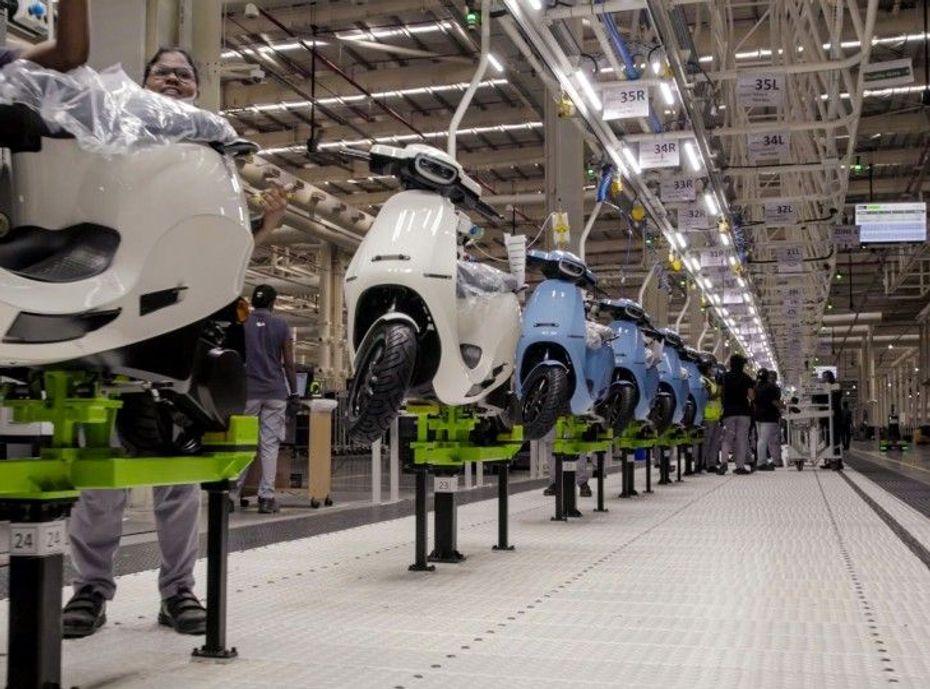
Once the motor, frame and battery packs are made, the frame is then placed ahead of the motor and connected, and then the rear suspension is mounted as well. Then the curved battery pack is inserted into the frame. (Unlike the Appscooter, the Ola S1 comes with a fixed battery pack.) Then the scooter is moved to the following stations where other parts including the handlebars, cables and wires are attached. The inner panels including the underseat storage are also added here, although the body panels follow later. The Ola logo and the model name stickers are laid out by hand. Other subsystems including the front suspension, braking hardware and eventually the wheels then get added.

Once the electric scooter is assembled, it is then taken for testing on a dyno. Ola Electric says there are 1,000 check points, and the entire system is based on Industry 4.0 standards. So, every scooter’s assembly parameters, including the torque application for the bolts, can be tracked remotely. The entire plant is operated by 1,700 women, and a single line is operated on two shifts, churning out 1,000 e-scooters a day. Summing up, the intricate manufacturing processes show how Ola Electric is maintaining the fine art of balancing quantity and quality.

EXCLUSIVE: Sub-Rs 1 lakh Ola S1 Incoming On Independence Day

Ola Electric S1 Pro Sales Commence With A Rs 10,000 Price Hike

All The Dope On The 2022 TVS iQube Electric

EV vs Petrol Scooter: TVS iQube Electric vs Honda Activa 6G

Ola Electric Announces Limited Period Discount on The S1 Electric...

ZigOpinion: The Ola Saga And What Went Wrong?

Disgruntled Bike & Scooter Owners Gone Wild: Ola Showroom Burned &...

Next-Gen Ola Electric Scooter Platform: Here’s What The Ola S1...

Ola Electric To Use Own Battery Cells From 2025; Will Also Launch...

READ: New Ola Krutrim AI’s HILARIOUS Responses To Questions
 Mahindra Scorpio N
Mahindra Scorpio N
 Royal Enfield Classic 350
Royal Enfield Classic 350
 Royal Enfield Hunter 350
Royal Enfield Hunter 350
 Toyota Fortuner
Toyota Fortuner
 Hyundai Creta
Hyundai Creta
India's largest automotive community
 Maruti Brezza
Rs. 8.34 Lakh
Maruti Brezza
Rs. 8.34 Lakh
 Maruti FRONX
Rs. 7.51 Lakh
Maruti FRONX
Rs. 7.51 Lakh
 Maruti Grand Vitara
Rs. 10.99 Lakh
Maruti Grand Vitara
Rs. 10.99 Lakh
 Mahindra Scorpio
Rs. 13.61 Lakh
Mahindra Scorpio
Rs. 13.61 Lakh
 Toyota Innova Crysta
Rs. 19.99 Lakh
Toyota Innova Crysta
Rs. 19.99 Lakh